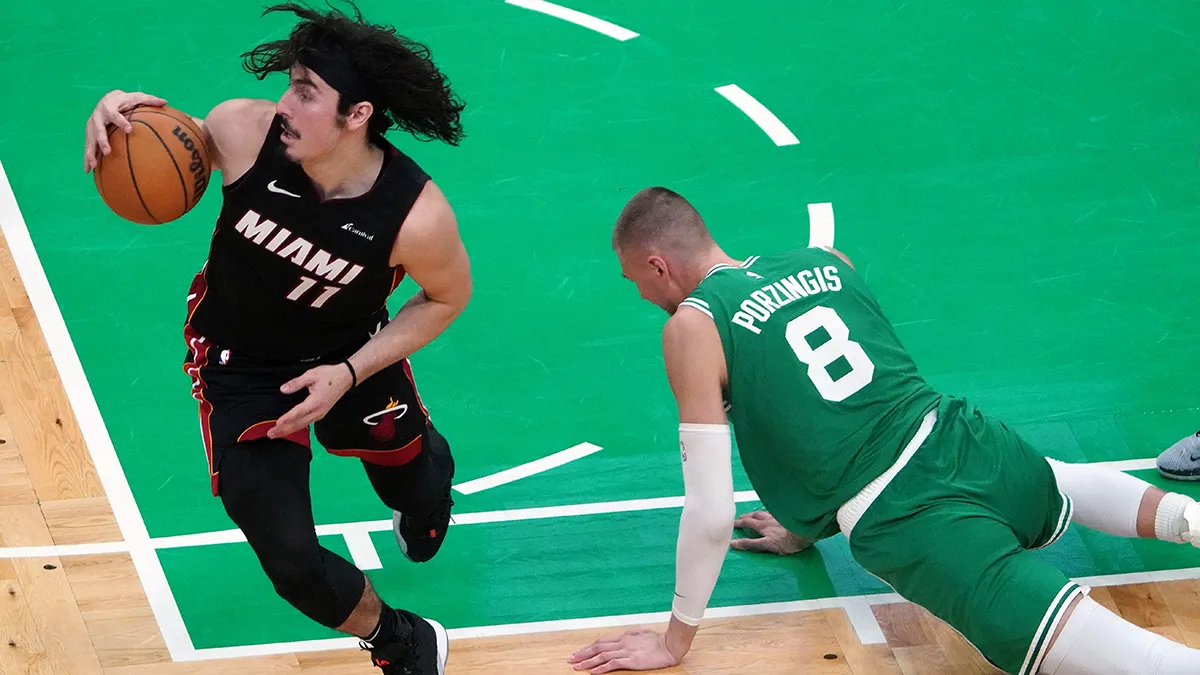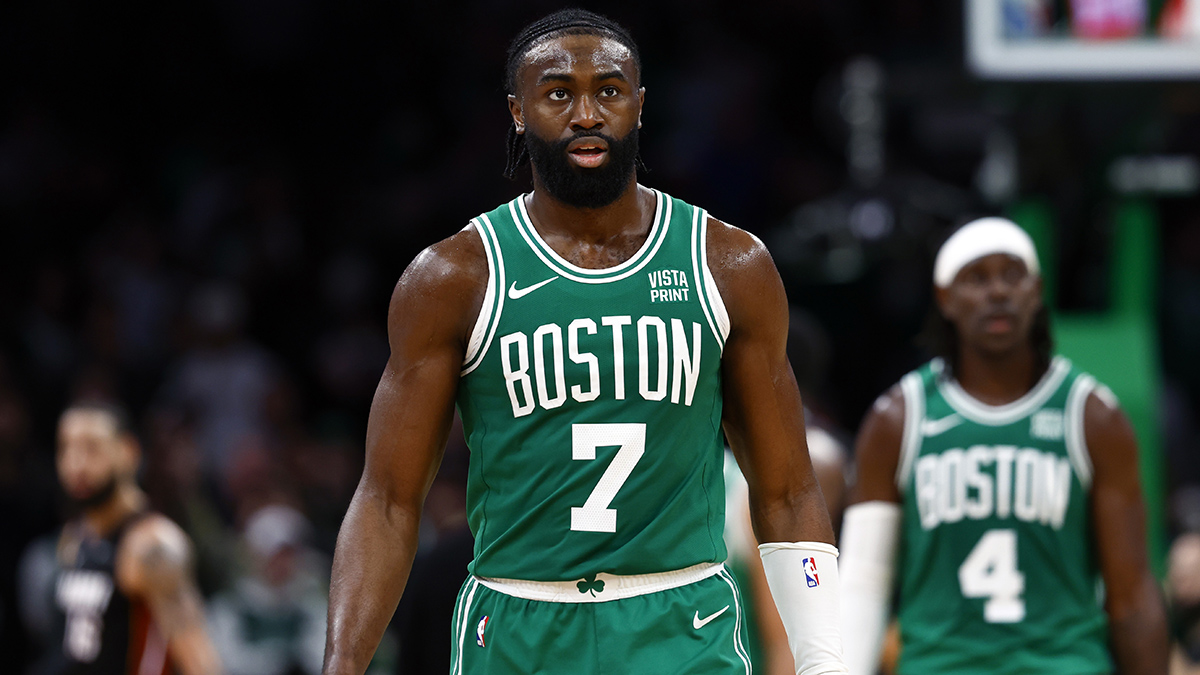
NEW ORLEANS - The scoreboard is off, bags are packed and the Boston Celtics have returned home following a grueling five-game road trip.
There were injuries, inconsistent play and the usual setbacks that come with life on the road.
But for the most part, the Celtics return home feeling pretty good about themselves.
Indeed, there were far more positives than negatives after closing the trip out with a 111-93 win at New Orleans.
Here we take a look at some of the more notable developments for the Celtics (12-9) going forward.
Jared Sullinger fit to dominate
The more you watch him play, the less his conditioning seems to be a factor. Boston had a number of players who stepped up during these last five games, but few impacted winning as much as Sullinger. His 8.2 points and 9.6 rebounds by themselves aren’t overly impressive. But if you dig a little deeper, the analytics data gives a richer understanding of just how big a difference-maker he was during the five-game trip.
Boston Celtics
*Team-best offensive rating of 111.8
*Team-best rebounding percentage of .208
*Second-best defensive rating of 92.5
Backcourt of the future?
Tacoma, Wash. natives Avery Bradley and Isaiah Thomas have made it hard for head coach Brad Stevens to separate them when Marcus Smart (left knee) is healthy enough to resume playing. There is no mistaking the chemistry these two have when on the floor together. And while both are undersized for their respective positions, they have managed to mask that by taking full advantage of their strengths.
Thomas continues to be Boston’s best scoring option and led the team in these last five games with a 20.4 points per game average. And Bradley’s evolution into a high-impact, two-way player took yet another step forward in these last five games as he led the way from 3-point range while shooting 51.6 percent.
Blanket protection from Amir Johnson
He has been up and down when it comes to doing what he’s being paid to do – protect the rim. But give him credit. The 6-foot-9 forward had a murderous stretch of talented stretch 4s (power forwards) and strong 5s (centers) to deal with on this trip.
And for the most part, Johnson more than held his own to where he at least gave the Celtics a chance to win most nights.
Now that the trip is over and you can crunch the five-game data, the numbers and the “eye test” are both on the same page when it comes to his play.
Johnson’s defensive rating of 89.1 was better than any other Celtic, which is impressive when you consider he had arguably the toughest matchup most nights and still managed to provide some much-needed help defense for his fellow bigs and the Celtics’ guards.
Jae Crowder making, taking (lots of) shots
The strength and versatility he brings to the Celtics’ lineup is important, but he knows – and so do the Celtics – that his ability to make shots would open things up for himself as well as for his teammates.
Crowder did just that throughout the five-game trip, connecting on 52.2 percent of his shots while averaging 15.4 points per game.
That shot-making was aided by Stevens using him some at the power forward position when the Celtics went with a small-ball lineup. Crowder wisely used his speed and quickness to attack bigger, slower power forwards and was often rewarded with trips to the free throw line or baskets made, evident by his effective Field Goal percentage being a team-best .630.
Instant ‘O’ from Olynyk
As the Celtics get deeper into this season, the value of Kelly Olynyk off the bench will increase. Being a 7-footer with range beyond the 3-point line, Olynyk is ideally suited for Boston’s efforts to go “small” without necessarily going small. But with Olynyk on the floor, the best way for Boston to make the most of such lineups is for him to be – you guessed it – more aggressive offensively.
And folks, that doesn’t mean he has to look to score but he has to at the very least use his skills to put stress on the defense and force them to react to him or give him the shot. Either scenario is a benefit to the Celtics.
But what we saw in these last five games for the most part was Olynyk being assertive offensively and making teams pay for not respecting his scoring ability. He averaged a shade over 18 minutes per game, but still delivered 11 points per game while shooting 55 percent from the field and 37.5 percent on 3s. You would love to have those numbers from Olynyk every night, obviously. But more important than the stats, was the fact that he was playing with the kind of aggression that they need from him on a more consistent basis.


